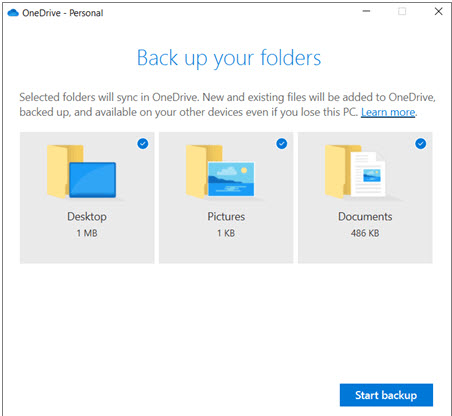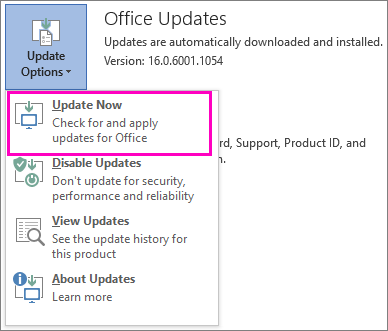

You must click the checkmark to the right of the on/off toggle to enable automatic mounting on login (see screenshot at the top of the article). Here it's worth noting that the option to automatically mount OneDrive on startup doesn't look like a standard option. With the latest OneDriver 0.11.0, released a few days ago, the tool includes a GUI which makes it easy to add Microsoft OneDrive accounts, mount / unmount OneDrive accounts, and automatically mount OneDrive on startup. I couldn't find exact information on the latter, but looking at the bug reports, OneDriver should support both regular and OneDrive for Business / Office 365, though do note that I can't test this since I only have a test personal account.Īccording to the developer, OneDriver is fast too, caching both filesystem metadata and file contents in memory and on disk. The filesystem becomes read-only if you lose internet access, and automatically enables write access again when you reconnect to the internet.īesides this, OneDriver supports multiple accounts, and it should (?) support OneDrive for Business / Office 365. However, for any files that you didn't previously open, you'll need an Internet connection to access them. It's also important to note that files you've opened previously are available even if your computer is no longer connected to the Internet. Any modifications or new files you create in the OneDrive folder are automatically uploaded to Microsoft OneDrive (and vice versa). This means that if you have a lot of files in your Microsoft OneDrive, you don't have to wait for all of them to be downloaded before using them, and you don't need to use selective sync. Using OneDriver, the files are only downloaded when you open them. The tool mounts OneDrive and then allows you to access it from your file manager and other applications as if the files were on your local hard disk. Write-Host -ForegroundColor Red $_.Exception.OneDriver is a native Linux filesystem for Microsoft OneDrive.

# $subsite.ExcludeFromOfflineClient=$action #if you want run the script for all subsites under this site then follow run below cmdlets #$ctx.Load($web.Webs) #uncomment this if you need to run for all subsites under this site $credentials = New-Object ($cred.Username, $cred.Password) #Fuction to enable or disable sync in a document libraryįunction EnableDisableSiteSync ($siteURL, $action) Add-Type -Path "C:\Program Files\Common Files\microsoft shared\Web Server Extensions\16\ISAPI\"Īdd-Type -Path "C:\Program Files\Common Files\microsoft shared\Web Server Extensions\16\ISAPI\.dll" The EnableDisableSiteSync function takes two parameters site url and action, if you need to run disable or enable all sub sites under the given URL then you can iterate through all sub sites and perform the required action. I am sharing a PowerShell script which could be helpful enabling or disabling sync at the site level.

Enable / Disable Sync for a Site using PowerShell Libraries in the site, you verify that be visiting any of the document library This will disable the sync option from all document
NEW ONEDRIVE SYNC CLIENT NO OPTION FOR BUSINESS OFFLINE
Option for “ Offline Client Availability” (check screenshot at top)


 0 kommentar(er)
0 kommentar(er)
